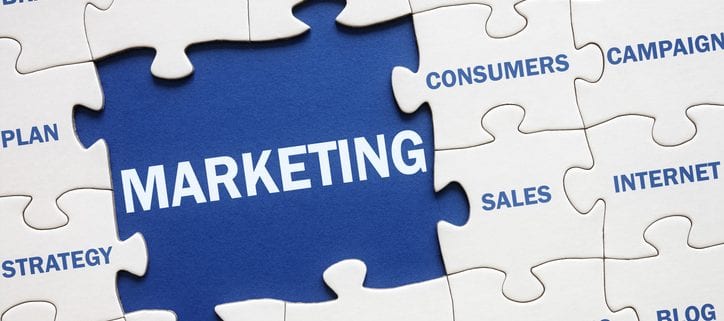
Why Your Website Redesign Would Benefit From An Inbound Marketing Strategy
A website redesign is the perfect time to integrate your inbound marketing strategy into the site’s very fabric. In fact, your entire website needs to be optimized and focused on furthering your inbound marketing efforts. It is an investment that will pay off in higher conversions and increased sales.
Is Your Current Website Giving You What You Need?
You are in business to make money. Your website exists to market your business. Its design needs to further your need to make money. If your current website design is not doing that, it isn’t giving you what you need.
Here are some things to expect from your website:
- The design should remain up to date.
- You should be able to measure ROI easily.
- You should have updated metrics available at all time.
- The website should totally support your marketing efforts.
- The website should drive conversions and build your lead database.
If your current design isn’t giving you these benefits, it’s time to invest in a new design, one that will give you these benefits and many more.
Every aspect of your website redesign should feed into your inbound marketing strategy. The strategy and marketing funnel needs to be integrated into the site’s very fabric. To make this type of design work, you need a platform that is growth-driven and you need a web team that can make updates on a regular basis.
What are the Advantages of an Inbound Marketing Website?
Your business will benefit in many ways when your inbound marketing strategy becomes what drives your website design.
- The website will be the basis of your 24/7 marketing funnel. Your website is where you drive traffic to, host your content, convert visitors to leads, and gather marketing data. That is why your inbound marketing strategy must drive your website design.
- Your website will educate leads early in their buyer’s journey. Buyers these days do a lot of research before making purchases. You want your website to be a rich source of information so the buyer will continuously visit during their journey.
- You will see every increasing improvement in design and performance. Why wait for your next website redesign to update your website? It should happen at least once a month as you make changes to meet marketing goals and fix problems.
- You can prove ROI with incremental improvements. Website updates cannot just involve aesthetics. They must include and revolve around marketing changes. With each change, you can measure your ROI quite easily.
- Your website can help nurture leads. The more you educate a lead, the more likely that person is to make a purchase. Your website must offer clear pathways through the buyer’s journey to help him or her reach a decision point.
If you want to take your marketing to the next level, it is time to integrate your inbound marketing strategy with your website design. Once you have the basics in place, you will see steady improvements in your marketing efforts. And that makes it all worth it.
This article is on Data Captive as well.
Want more resources on how to redesign your website? Click here!





















